The Impact of AI on the Animation Job Market, Threat or Opportunity?
Artificial Intelligence (AI) has rapidly permeated various industries, transforming traditional practices and sparking debates about its implications. The animation industry, known for its intricate artistry and creativity, is no exception. As AI continues to evolve, its impact on the animation job market is a subject of intense discussion. Does AI pose a threat to animators’ livelihoods, or does it present new opportunities for growth and innovation?

The Impact of AI on the Animation Job Market
Threat or Opportunity?
The Threat Perspective
AI’s entry into the animation sector brings about significant concerns, primarily centered around job displacement. AI-powered tools can automate many aspects of the animation process, from generating basic animations to enhancing visual effects. This automation can lead to a reduction in the demand for certain roles, particularly those involving repetitive and labor-intensive tasks.
For instance, AI algorithms can now create realistic character movements and facial expressions with minimal human intervention. Software like Deep Motion and Adobe’s Character Animator uses AI to automate motion capture and lip-syncing, tasks that traditionally required skilled animators. Consequently, animators who specialize in these areas may find fewer job opportunities, leading to fears of widespread unemployment within the industry.
Moreover, the ability of AI to produce high-quality animations at a fraction of the time and cost raises concerns about the devaluation of human artistry. Studios may prefer AI-generated content due to its efficiency and cost-effectiveness, potentially sidelining the nuanced creativity and unique perspectives that human animators bring to the table.
The Opportunity Perspective
While the threat of job displacement is real, it’s crucial to recognize the opportunities AI presents for the animation industry. AI can serve as a powerful tool that enhances, rather than replaces, human creativity. By automating routine tasks, AI allows animators to focus on more complex and creative aspects of their work, such as storytelling, character development, and artistic expression.
For example, AI-driven tools can assist in the pre-production phase by generating concept art and storyboards based on textual descriptions. This can significantly speed up the creative process, giving animators more time to refine their ideas and explore new artistic directions. Additionally, AI can aid in rendering and post-production, handling tasks like background generation and special effects, which can be tedious and time-consuming.
Furthermore, the integration of AI in animation opens up new avenues for innovation. Interactive and real-time animation, powered by AI, is becoming increasingly popular. Technologies such as Unreal Engine use AI to create immersive virtual environments and interactive experiences, pushing the boundaries of what traditional aniamtion achieve. This expansion into new formats and platforms can create diverse job opportunities for animators with the skills to work alongside AI technologies.
Balancing Threats and Opportunities
To navigate the impact of AI on the animation job market, industry professionals and educational institutions must adapt. Animators need to embrace lifelong learning and continuously update their skills to stay relevant. Mastering AI-driven tools and understanding their capabilities can empower animators to leverage these technologies effectively, enhancing their creative output rather than competing against it.
Educational programs should also evolve to incorporate AI training, ensuring that new generations of animators are well-equipped to work in a technology-driven landscape. By fostering a hybrid skill set that combines traditional animation techniques with AI proficiency, animators can remain indispensable in an evolving industry.
Moreover, collaboration between human creativity and AI can lead to groundbreaking innovations. Studios should view AI as a collaborator rather than a competitor, using it to complement and augment the talents of their animators. By striking a balance between leveraging AI’s efficiency and nurturing human creativity, the animation industry can thrive in this new era.
The impact of AI on the animation job market is a complex interplay of threats and opportunities. While AI does pose challenges in terms of job displacement and the potential devaluation of human artistry, it also offers significant benefits by enhancing creative processes and opening up new possibilities. By embracing AI as a tool for innovation and adapting to the changing landscape, animators can transform potential threats into opportunities for growth and creative excellence. The future of animation lies in the harmonious integration of human ingenuity and artificial intelligence.

Recent Comments